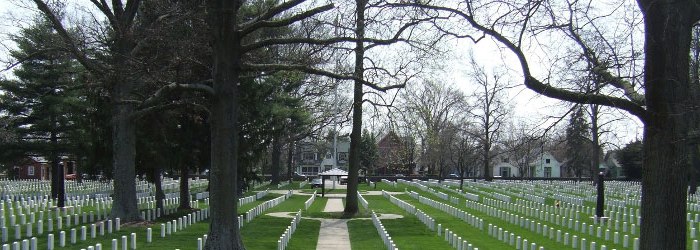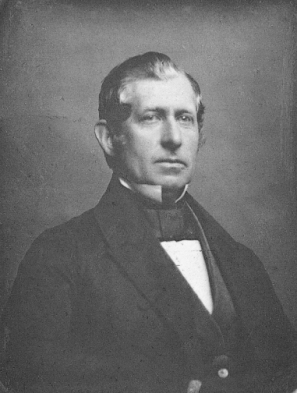Timeline: (1865)
Civil War and National Cemeteries (1865)
January 13-14 A coordinated assault by Union soldiers and sailors leads to the fall of Fort Fisher, outside of Wilmington, North Carolina. In defeat, the Confederacy loses its last fort on the Atlantic Coast providing protection for blockade runners.
February 22 With the fall of Fort Fisher, Union forces move on to clash with the Confederates in the Battle of Wilmington. Outnumbered nearly 2 to 1, the Confederates withdraw from the city. By occupying Wilmington, the Union closes the last large hole in its blockade of the Atlantic coast.
- Associated NCA property: Wilmington National Cemetery.
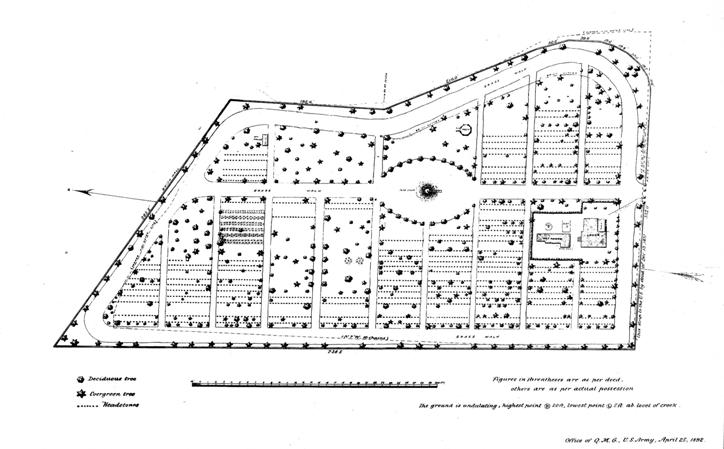
March 3 President Lincoln signs the National Asylum Organic Act into law. This legislation leads to the creation of the National Asylum of Disabled Volunteer Soldiers, later renamed the National Home for Disabled Volunteer Soldiers (NHDVS). Over time, 11 branches of the NHDVS were constructed from Maine to California.
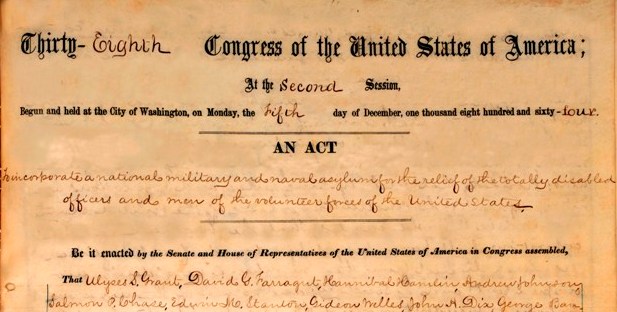
April 2 After nine months, and in the face of intense pressure, General Lee evacuates his Confederate forces from Richmond and Petersburg.
April 9 While moving southwest in an attempt to merge his army with Confederate forces in North Carolina, General Lee attempts to break through the Union lines at Appomattox Court House, Virginia. Overwhelming numbers of Union troops surround General Lee's battered and weakened army, and he is forced to surrender, effectively ending the Civil War.
April 14 Confederate sympathizer John Wilkes Booth assassinates President Lincoln in Ford's Theater, Washington DC.
April 26 After learning of General Lee's surrender, Confederate General Joseph E. Johnston agrees to meet with Union General Sherman near present day Durham, North Carolina. General Johnston negotiates the surrender of his Army and all remaining Confederate forces still active in North Carolina, South Carolina, Georgia, and Florida, totaling 89,270 soldiers.
June 15 The Quartermaster General issues Roll of Honor No. 1, a list of Union soldiers buried in Washington, DC, and Arlington National Cemetery. Over a six-year period, 27 total volumes will be issued, listing the location of over 300,000 Union burials in national and post cemeteries across the nation.
December 26 Captain E.B. Whitman is relieved from duty in the Department of the Tennessee and assigned to the special duty of inspecting battlegrounds, cemeteries, and locations in the former Confederacy where Union dead are interred. Whitman identified principles to guide the selection of national cemetery sites: local historical interest, central and convenient locations on conspicuous thoroughfares, and "favorable conditions for ornamentation, so that surviving comrades, loving friends, and grateful states, might be encouraged to expend liberally of their means..."
|
|
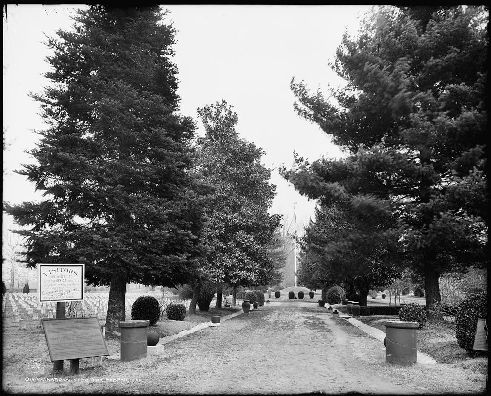 |
|
|
Left, Capt. E.B. Whitman, no date. Courtesy of the Kansas State Historical Society. Right, Memphis National Cemetery, 1906. Photograph courtesy of the Library of Congress.
|
||











